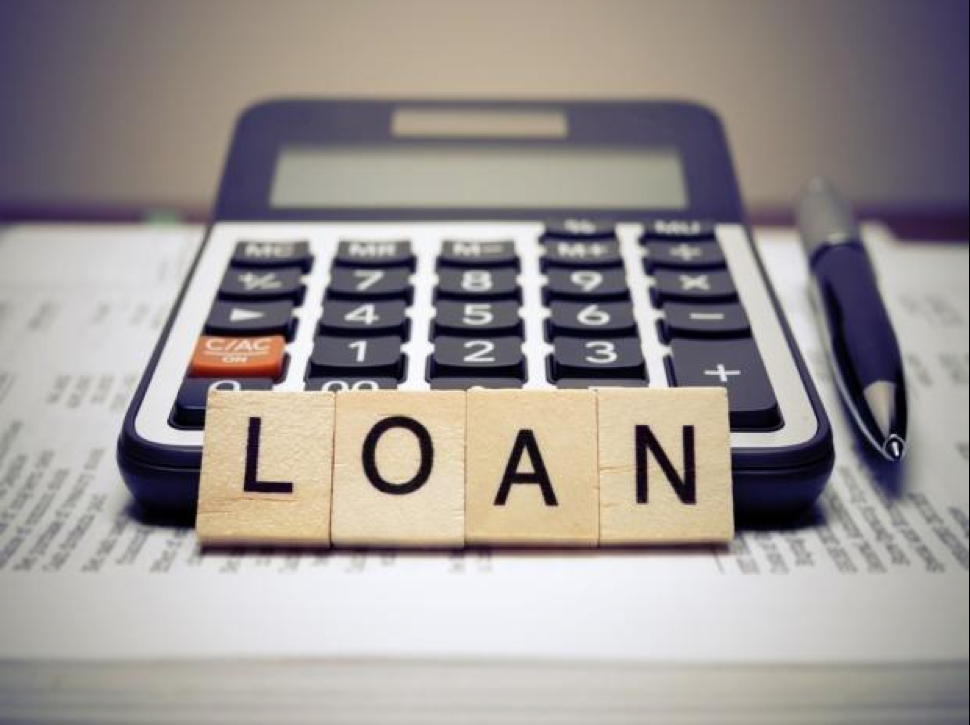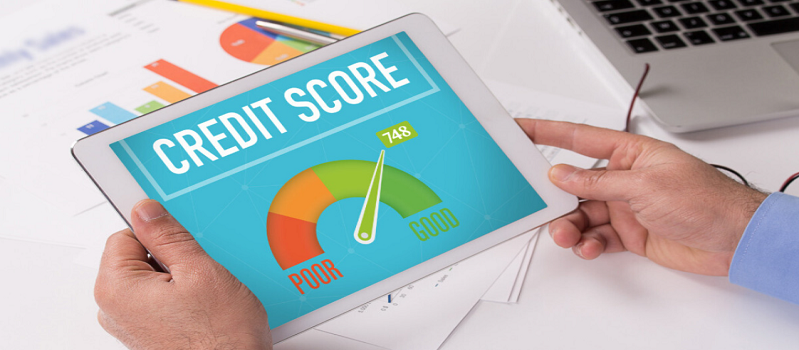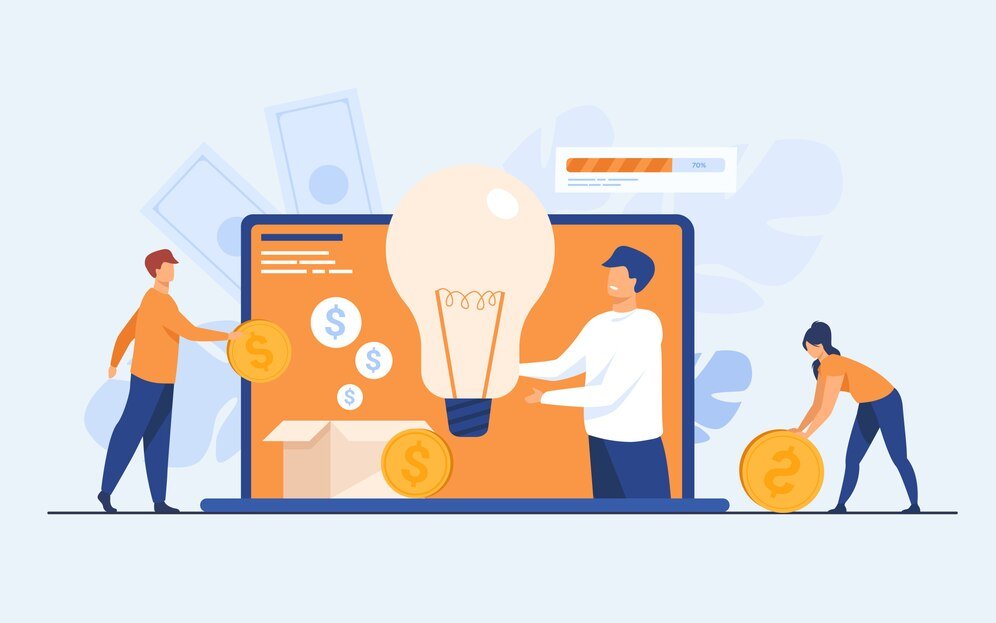Fixed vs Variable Interest Rates
and Which Loan is Right for You
Among the many decisions you’ll face when borrowing money, perhaps the most crucial choice is whether to take out the money at a fixed or variable rate of interest. Whether you are taking out a mortgage, a personal loan or a business loan, the type of interest rate you choose can make a big difference in your monthly payments and long-term financial plans. Therefore, it is essential that you know the difference between mutual funds and stocks, the pros and cons and to be able to make an informed choice on which is better based on your
investment objective and goals.
This guide will cover all of the essentials about fixed vs variable interest rates so you can decide which type is right for your loan.
What Are Fixed Rates of Interest?
A fixed interest rate is one that does not change during the life of the loan. From the moment you sign the dotted line to the last payment, your rate and monthly payments are secured; the vagaries of the market are meaningless. Fixed rates are also a perennial favorite of borrowers who want the predictability of their monthly mortgage payment.
So, if you were to borrow from a lender using a 30-year mortgage with a 5 percent fixed rate of interest, your monthly payment of principal and interest would stay the same whether market rates later rose to 6 percent, or that it fell to 4 percent, or lower. Fixed rates increase stability in and therefore make the budgeting of future costs easier.
Pros of Fixed Interest Rates
Predictability:
With fixed rates, you’ll pay the same amount each month, so you can plan for it. On long- term loans — mortgages and car loans come to mind — that stability is helpful.
Protection from Rate Hikes:
You are completely protected from higher borrowing costs if market interest rates rise, as market interest rates have no effect on your fixed rate. That can conserve you cash over the lifetime of the loan, especially in a rising rate of interest environment.
Simplified Planning:
Having payments that don’t change makes it easier to plan for other financial goals, including retirement, education or emergencies.
Cons of Fixed Interest Rates
Higher Initial Rates:
Typically, introductory fixed interest rates are higher than variable rates. Because lenders charge a premium for the certainty of fixed rates and protection against risk.
Limited Flexibility:
If rates in the market drop significantly, you’re stuck with your fixed rate until you refinance the loan, which can come with additional expenses and paperwork.
Potential Overpayment:
In low-interest-rate conditions, fixed-rate lending will eventually be more valuable than variable-rate lending.
What Are Variable Interest Rates?
Variable interest rates — known as adjustable rates — fluctuate with time in response to increases or decreases in benchmark interest rates, like the federal funds rate or the London Interbank Offered Rate (LIBOR). You are charged interest and monthly payments on your loan that increase or decrease when the benchmark rate for your loan rises or falls.
So, if you borrow on a personal loan at a variable interest rate of 4 percent and that benchmark rate goes up 1 percent, you would have a renewed rate of 5 percent, which would mean making higher payments, each month. Conversely, should the benchmark rate go down, then so might your interest rate and payments.
Pros of a Variable Interest Rate
Lower Initial Rates:
Lower variable rates are often an easier sell in the long run at the start for most borrowers since it leads to savings in the short term before, in most cases, borrowers are moved back onto a fixed rate.
Potential for Savings:
If market interest rates drop, you will have a lower variable rate and monthly payments, and therefore a lower overall cost to borrow.
Flexibility:
Variable-rate loans may contain features, such as caps on the rate (limits on how high your rate can go) or the option to convert to a fixed rate, that give you flexibility as market conditions evolve.
Disadvantages of Variable-Rate Debt
Unpredictability:
Monthly payments can change, making it more difficult to budget for long-term expenses. Such surprises could be bad news for borrowers that are cash-flow constrained.
Exposure to Rate Increases:
Watch out for how much market interest rates essentially trigger an increase on your interest rate and payments, which can become a financial burden.
Complexity:
Variable rates are a little more complex in terms of how they’re calculated, and you must know how they can change, while fixed rates do not.
Things to Consider When Choosing Between Fixed Variable Rates
Loan Term:
The length of your loan term is an influential factor in what kind of interest rate is best for you. On short-term loans, variable rates can be advantageous, as your payments are less likely to be materially affected by changes in the market. But for longer-term loans, fixed rates provide stability and protection against future rate increases.
Market Conditions:
You should be making decisions based on the state of the economy and the direction that interest rates are going. In a low-rate environment like ours, locking in a fixed rate can mean payments that remain favorable over the term of your loan. When rates are falling, however, a variable can be a better saver.
Risk Tolerance:
Another factor is your comfort with financial uncertainty. But if you care about predictability and peace of mind, a fixed rate is likely the better move. If you’re willing to take on some risk for the chance to save money, you could be a good candidate for a variable rate.
Financial Stability:
Assess your income and expenses so you can determine how much cushion you have in your budget. Borrowers with stable income and robust emergency savings to ride out the hills and valleys of a variable rate may be better able to ride it all out.
Loan Purpose:
Also, the reason for borrowing makes a difference. A fixed-rate mortgage, for example, is typically ideal for purchasing a home, while a variable-rate loan is better for short term borrowing needs, especially home improvement.
When to Choose a Fixed Rate
- You plan to stay in your home — or keep the loan — for many years.
- You would rather have steady, reliable payments than the potential for savings.
- At what you will ever love rates so high
- Are you ever better off with a variable rate?
- You’re okay with variable payments and able to stomach potential bumps up.
- You expect interest rates to fall or remain unchanged.
- You’re drawing on the short term or plan to pay it off sooner.
Hybrid Options — A Solution to Have Your Free Ad and Eat It Too?
A mixture of these two interest rate structures also exists, to include fixed-to-variable loans. The fixed rate is maintained usually for the start of the term (i.e. five years) after which it goes to variable for the remainder of the term. Hybrid loans strike a balance between stability and potential savings for some borrowers.
Final Thoughts
Choosing between a fixed or variable interest rate is a critical decision that can have a huge impact on your financial health. Each one has benefits and drawbacks, and the choice that’s best for you depends on your circumstances, goals and risk tolerance.
Take time to research that, compare lenders’ offers and find which type of interest rate suits you best. So, whether you opt for the security of a fixed rate or the potential savings of a variable rate, the right choice can help you reach your financial goals without excessive stress.
Your Loan Is Few Steps Away!
Recent Posts



































